Gemstone Glossary
Absorption spectrum
When white light passes through a coloured gem, certain colours will be absorbed more than others. The colours least absorbed combine to produce the colour of the gemstone. When viewed through a spectroscope, the absorbed wavelengths produce dark or black absorption bands at certain positions in the spectrum. Many gemstones show characteristic absorption spectra, by which they may be identified.
Achromatic
Greek chroma = colour, a loupe is termed achromatic if the visual field is completely colourless to the very edges. Cheap loupes produce coloured edges through dispersion of light and are unsuitable for grading diamonds.
Adular
Old German synonym for moonstone, named after a location in the Swiss Lepontine Alps, sometimes also called Adula Alps
Adularescence
Bluish sheen in moonstone and labradorite
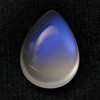
Allochromatic
From Greek chroma = colour and allo = other
The majority of gemstones are colourless if chemically pure and get their colour from impurities; e.g. pure corundum (AL2O3) is colourless, ruby and blue sapphire are coloured by impurites of chromium and titanium and iron respectively.
Opposite of idiochromatic
Anhedral
Poorly formed, external crystal faces not (well) developed, opposite of euhedral
Anisotropic
doubly refractive, opposite of isotropic
Anomalous double refraction
Isotropic (singly refractive) materials such as garnet, synthetic spinel, diamond, amber, glass and opal are often subject to internal strain which causes so-called anomalous double refraction that can easily be detected when the gem is rotated between crossed polarizing filters (polariscope).
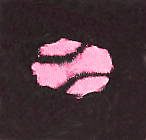
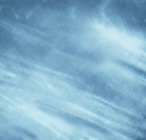
Contrary to anisotropic (doubly refractive) stones, which change from light to dark every 90° upon rotation between crossed polars and to singly refractive stones without internal strain, which remain dark upon rotation, anomalous double refraction causes a patchy, striped or tabby (so called because of the resemblance to the fur of tabby cats) extinction pattern which may move upon rotation but in general has no relation to the orientation of the stone between the crossed polars.
In synthetic spinels of aquamarine colour the internal strain is caused by an excess of alumina. the pattern is distinctly tabby, clearly visible and thus provides a diagnostic, easy to detect feature for identification.
Aplanatic
A lense corrected against spherical and coma (symmetrical) aberration
Asterism
Star-effect caused by reflection of light at needle-shaped inclusions, e.g. rutile in corundum, present in large enough numbers and orientated along crystal axes; can be 4-rayed (garnet, diopside, rose quartz, white moonstone e.a.), 6-rayed (corundum, black moonstone) or, in rare cases 12-rayed (corundum).
Only visible on domed surfaces (cabochons, spheres, beads) under a single light (direct sunlight, spotlight etc.). Under diffuse light (overcast sky, fluorescent tube, ) or in facetted stones no asterism can be observed.
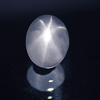
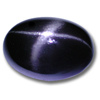
Aventurescence
Metallic glitter caused by reflection of light at included mineral platelets e.g. fuchsite in aventurine quartz and hematite in aventurine feldspar (sunstone).
 Deutsch
Deutsch